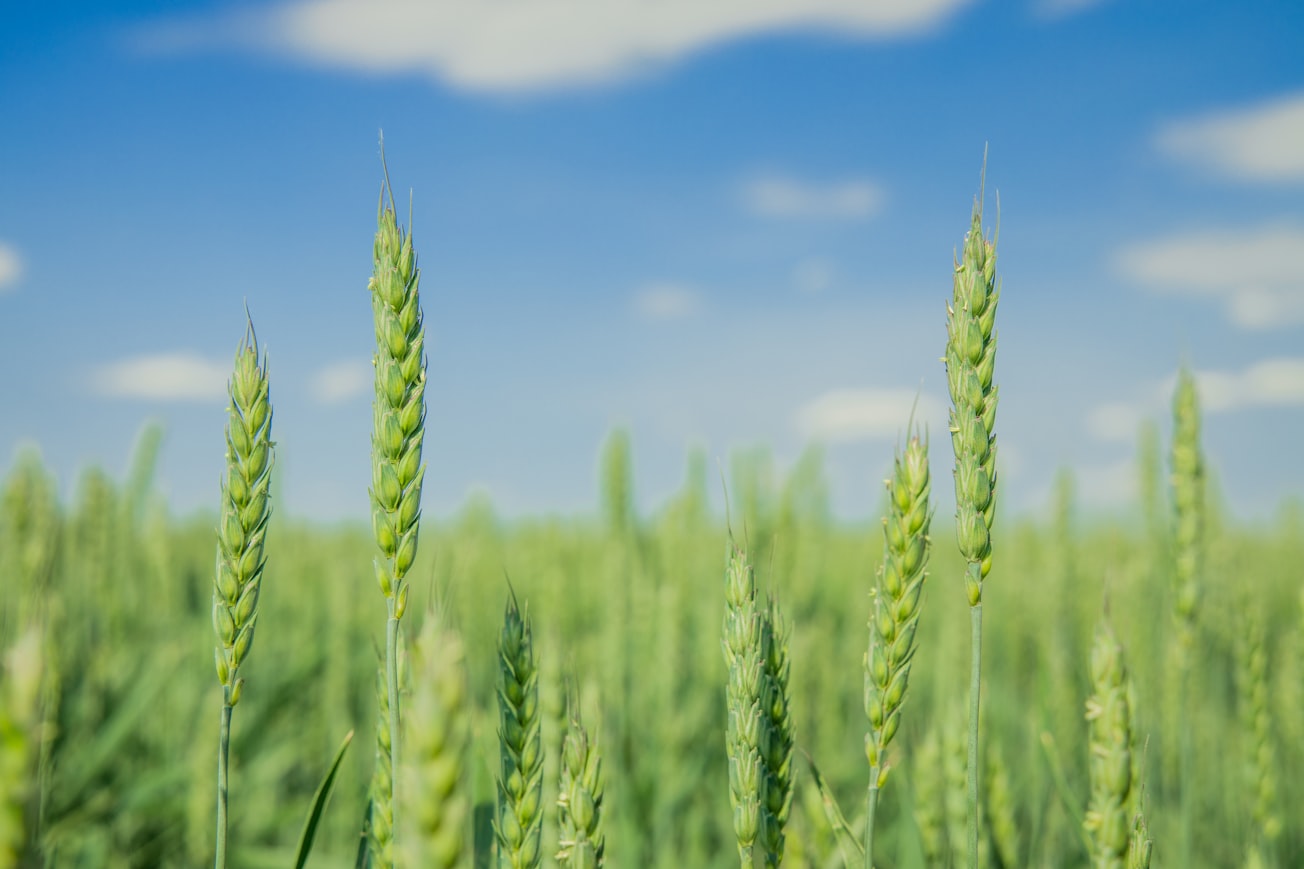What is it about?
Conventional dwarfing genes increased wheat yields by disrupting plant hormone signaling but they have significant drawbacks for seedling emergence in some environmental conditions. The alternative dwarfing gene Rht13 avoids this problem. Here, we found that Rht13 is an NB-LRR gene, a type of gene often linked to disease resistance. This is different than what we expected- other alternative dwarfing genes in wheat have been found to be components of gibberellin signaling or metabolism.
Featured Image

Photo by Artem Kniaz on Unsplash
Why is it important?
We now have perfect genetic marker which can be used in plant breeding programs so Rht13 can be used more easily for crop improvement which will be particularly beneficial in dry environments. We found that Rht13 reduces height to a similar degree as conventional dwarfing genes so could be readily applied in agriculture and could offer an additional benefit of increased stem strength.
Perspectives
Identifying the Rht13 gene took many years and involved world-wide collaborations. We benefitted greatly from the international efforts by the wheat community to develop a comprehensive set of genome sequences and associated tools for gene discovery.
Philippa Borrill
John Innes Centre
Read the Original
This page is a summary of: An autoactive
NB-LRR
gene causes
Rht13
dwarfism in wheat, Proceedings of the National Academy of Sciences, November 2022, Proceedings of the National Academy of Sciences,
DOI: 10.1073/pnas.2209875119.
You can read the full text:
Contributors
The following have contributed to this page










